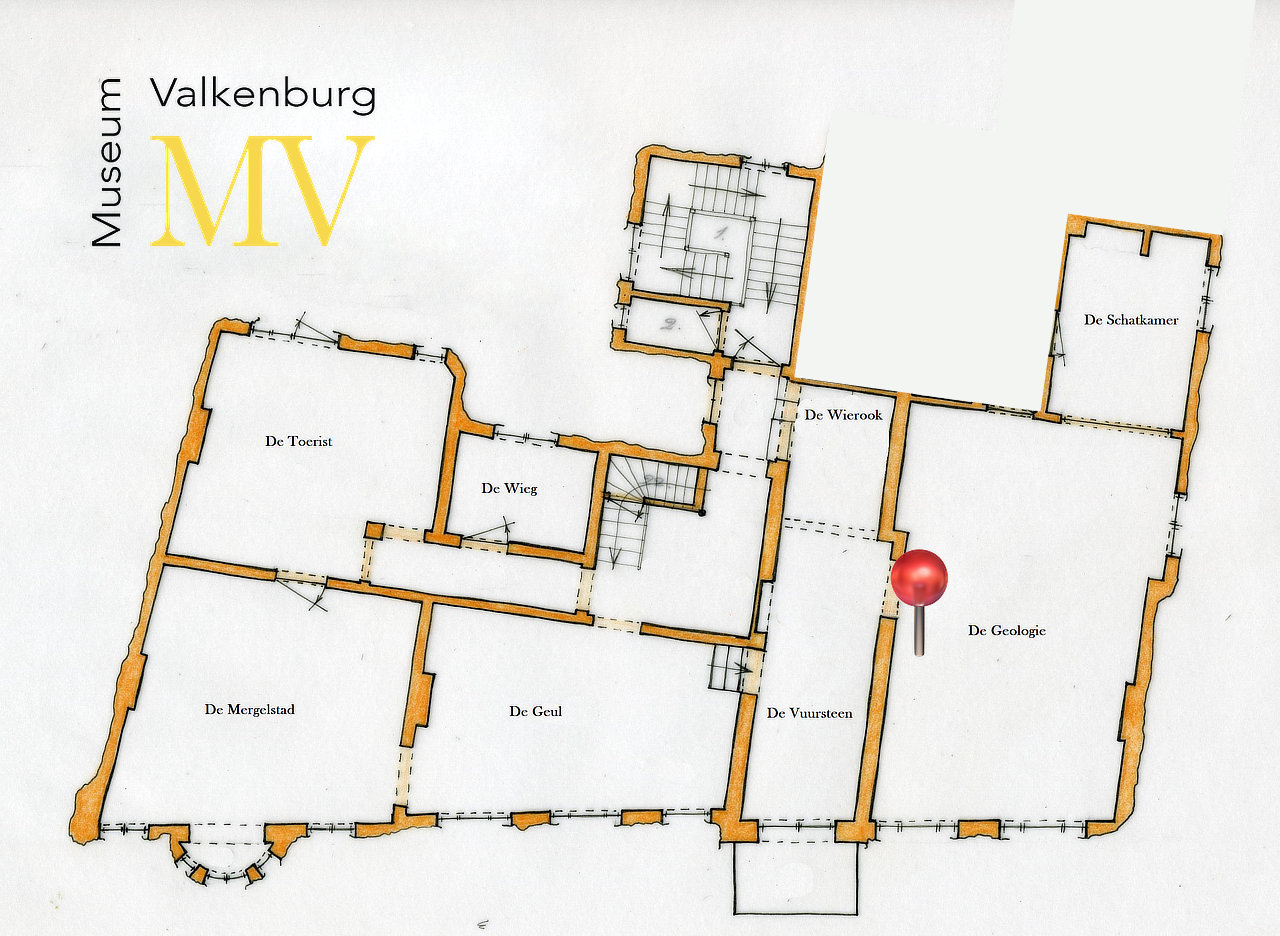DUTCH GEOLOGICAL SOCIETY LIMBURG DEPARTMENT (nGVaL)
LOADED SUBJECT
Up to and including World War II, the raw materials industry paid a lot of attention to the subsurface and geology of the Netherlands. That was certainly the case in times of war, when raw materials supply from abroad was in danger and with it industry and economy. After WWII, the interest in local geology by not professionals is booming. The Dutch Geological Society is established in 1946, with departments throughout the country and also in Limburg. South Limburg in particular is an eldorado for both hunters and researchers of rocks and fossils. At that time, however, talking about fossils and evolution theory, let alone being occupied with it, still was determined by religious dogmatism.
NOT PROFESSIONALS TAKE OVER
The nGVaL gradually took over scientific study and research from the professional world, then concentrated in the Geological Office for the Mining Area. However, coal mining becoming less important, less geological survey was provided for by the Dutch state. The Felder brothers in particular, being coalminers themselves, played a major role in the foundation and development of the nGVaL (see text on the left at the entrance). From its inception in 1948, the Society organized an impressive amount of excursions in quarries and fields.
ALL GEOLOGICAL ERAS
All geology, from the Cambrian up to the Holocene, can be studied in Limburg. Thousands of people were now actively hunting fossils in limestone (marl) quarries, such as ENCI, Curfs and Nekami. But also gravel, sand and clay quarries, as well as rock waste deposits of the coal mines, were popular. Furthermore, people searched in the field, everywhere where an interesting geological stratification was outcropping. Millions of fossils and rocks, large and small, were and are still being collected, by amateurs, knowing what they are doing. Local experts in the field of i.e. single-celled creatures, corals, sharks, sea urchins, giant see monsters called mosasaurs, cave lions and mammoths developed. Moreover in Carboniferous plants, erosion gravels, flint and many more. By the way, the prehistoric people in this area made their tools and weapons out of local flint. A multitude of collections and publications was the result of all that research. The scientific world, especially universities in the Netherlands and abroad, benefits greatly. The Natural History Museum in Maastricht, being capital of South Limburg, has been an important partner from the beginning. Hundreds of lectures have also been given since 1971 in this very Valkenburg Museum. Also here (in this room) one finds a geological collection representing what can be found the area.
FUTURE
The nGVaL is an ambitious association, with more than 400 members (anno 2018). Many people, young and elderly, literally get in touch withthe history of what is in a geological way the most interesting part of the Netherlands. Many members have like a small museum in their homes, professionally exhibited and documented. They house treasures of heritage of Dutch landscape history. We are proud of the finders of the impressive sea monsters (mosasaurs), appealing to many people’s imaginations. They lived here about 70 million years ago, when South Limburg was a sea. But hunting fossils in this region will come to an end. Quarries close down and the Society will find new opportunities in the neighboring abroad. After about 80 years this means a new direction for this glorious Society, with such an impressive history. Investigating and disseminating knowledge of geological history, will however be the unchanged ambition.

